Witchcraft in Popular Culture – Films

Häxan (or “Heksen”)
A 1921 Swedish/Danish silent black-and-white film, later re-released in the abbreviated form under the English title “Witchcraft through the Ages”. Based on director Benjamin Christensen’s study of the “Malleus Maleficarum”, Häxan is a study (part documentary, part dramatized horror film) of how superstition and the misunderstanding of diseases and mental illness could lead to the hysteria of the witch-hunts. It was heavily censored in many countries for what was considered at that time graphic depictions of torture, nudity and sexual perversion.
Maid of Salem
A 1937 black-and-white film about two young lovers who fall afoul of the repressive society of Salem, Massachusetts in 1692 after a young girl claims to be bewitched. As the Salem elders get caught up in the witch hunts and trials of 17th Century, a campaign of fear and bigotry leads to the deaths of 19 people. One family in particular uses the hysteria to its advantage, getting even with everyone for every slight, real or imagined.
The Wizard of Oz
An extremely popular and highly-acclaimed 1939 musical film based on L. Frank Baum 1900 children’s novel. The story chronicles the adventures of a girl named Dorothy in the Land of Oz and the Emerald City, and features Glinda, the Good Witch of the South, as well as the Wicked Witch of the East, The Good Witch of the North and the Wicked Witch of the West (Dorothy’s nemesis), and the Scarecrow, the Tin Woodman and the Cowardly Lion. The portrayal of witches was influenced by the fairy tales of the Brothers Grimm and Hans Christian Andersen, and the film was highly influential in developing popular witch stereotypes.
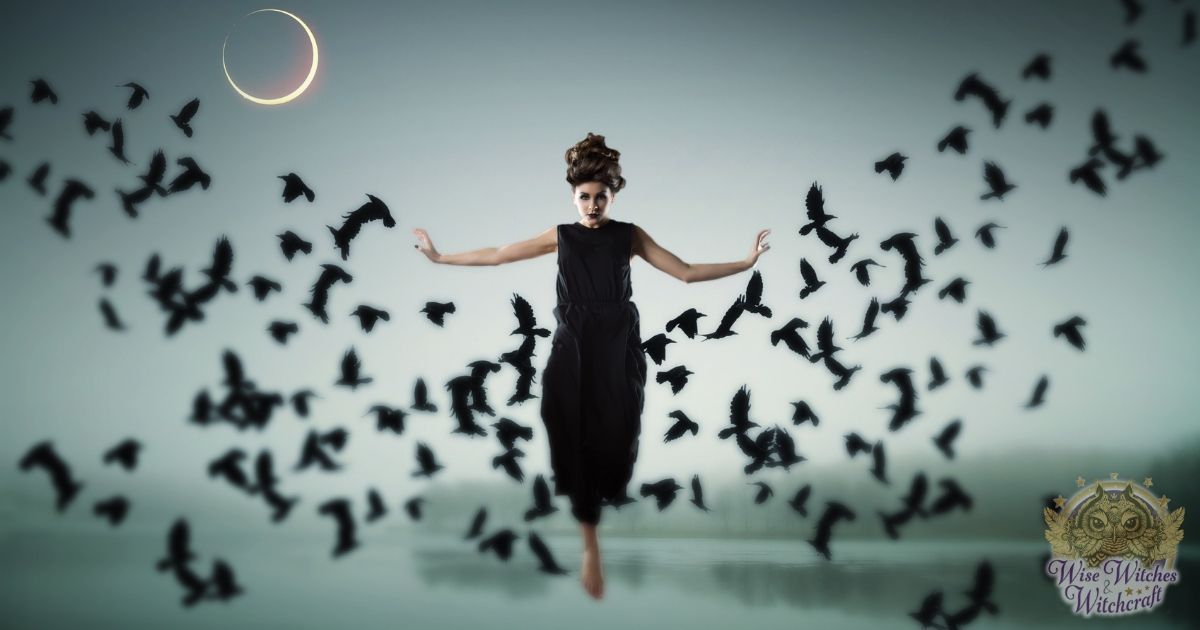
I Married a Witch
A 1942 romantic comedy film (based on an unfinished novel “The Passionate Witch” by Thorne Smith) about a witch burned at the stake in Salem who curses her denouncer and all his male descendants to always marry the wrong person. Her plan for revenge, however, goes comically awry.
Bell, Book and Candle
A 1958 romantic comedy with many similarities to the earlier film “I Married A Witch” and to the later television series “Bewitched”. The plot revolves around the love life of a New York City witch and a non-witch and the common themes of revenge and jealousy. The only witch-like elements are in the casting of love spells and a cat familiar, although the witch eventually loses her magic powers because of her love for the man.
City of the Dead
An atmospheric 1960 British film (released in the United States as “Horror Hotel”), which follows Nan Barlow, a college student studying witchcraft, to a small New England town where she finds the local inn is run by a 268-year-old witch who sold her soul to the Devil during the Salem Witch Trials and sacrifices humans for him.
The Witch
A 1966 Italian art-house film, originally entitled “La Strega in Amore” (“The Witch in Love”), which gives a better idea of its plot. An old crone of a witch is able to appear as a sexy young woman by taking a potion, and ensnares the handsome young man. Filmed in black and white with many long meaningful silences.
The Witches
A 1966 Hammer Horror movie. Haunted by the terrors she saw in Africa, schoolteacher Gwen Mayfield accepts a teaching position in the seemingly harmless English countryside, only to encounter mysterious occurrences such as a boy falling into a coma, a headless doll found impaled with pins, which leads her to start re-living her African nightmare all over again. The climactic witch coven scene is usually considered somewhat farcical.
Rosemary’s Baby
A 1967 best-selling horror novel by American author Ira Levin, made into an acclaimed film in 1968. In the story, a young couple, Rosemary and Guy, move into an apartment across from Minnie and Roman Castavet, an eccentric elderly couple who turn out to be the leaders of a long-awaited anti-Christ, after her husband allowed the Devil to impregnate her in exchange for a successful career.
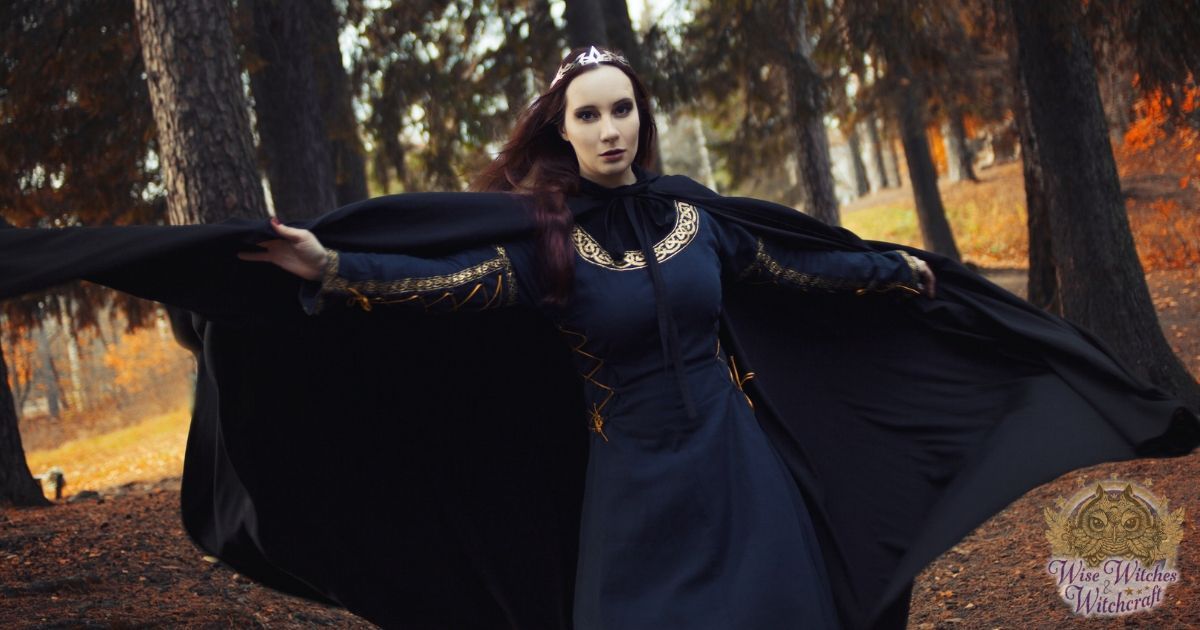
Witchfinder General
A 1968 British horror film release in the United States under the title “The Conqueror Worm”. It is a heavily fictionalized account of the murderous witch-hunting exploits of Matthew Hopkins, a 17th Century English lawyer who claimed to have been appointed as a “Witchfinder General” and who travelled from town to town in Puritan England, seeking confessions from alleged witches.
Witches’ Hammer
A 1969 Czech film about the notorious witch hunts in Czechoslovakia. A ruthless inquisitor spins the superstitions of local peasants into religious heresy, finding cause to accuse dozens of innocent men and women of witchcraft, and targeting nobles and merchants, whose property and goods are then confiscated. The film captures scenes of both daring nudity and brutal torture.
The Devils
A 1970 Ken Russell film based on Aldous Huxley’s 1952 novel “The Devils of Loudon”, a novelized historical account of supposed demonic possession, superstition and religious fanaticism in 17th Century France. It is based on events which took place in the small town of Loudun, where a priest called Urbain Grandier was tortured, found guilty and burned at the stake in 1634, accused of seducing an entire convent of Ursuline nuns and of being in league with the devil, although he never admitted guilt. The book was also adapted as a play by John Whiting in 1960 and as an opera by Krzysztof Penderecki in 1969.
Bedknobs and Broomsticks
A 1971 Disney musical comedy film, combining live action and animation, loosely based on two books by Mary Norton. The character Eglantine Price is an apprentice witch who is taking a witchcraft correspondence course in hopes of somehow helping the British war effort. The story follows her travels on an enchanted bed with three young war orphans in search of Professor Emelius Browne, the putative headmaster of the College of Witchcraft (in reality a conman illusionist).
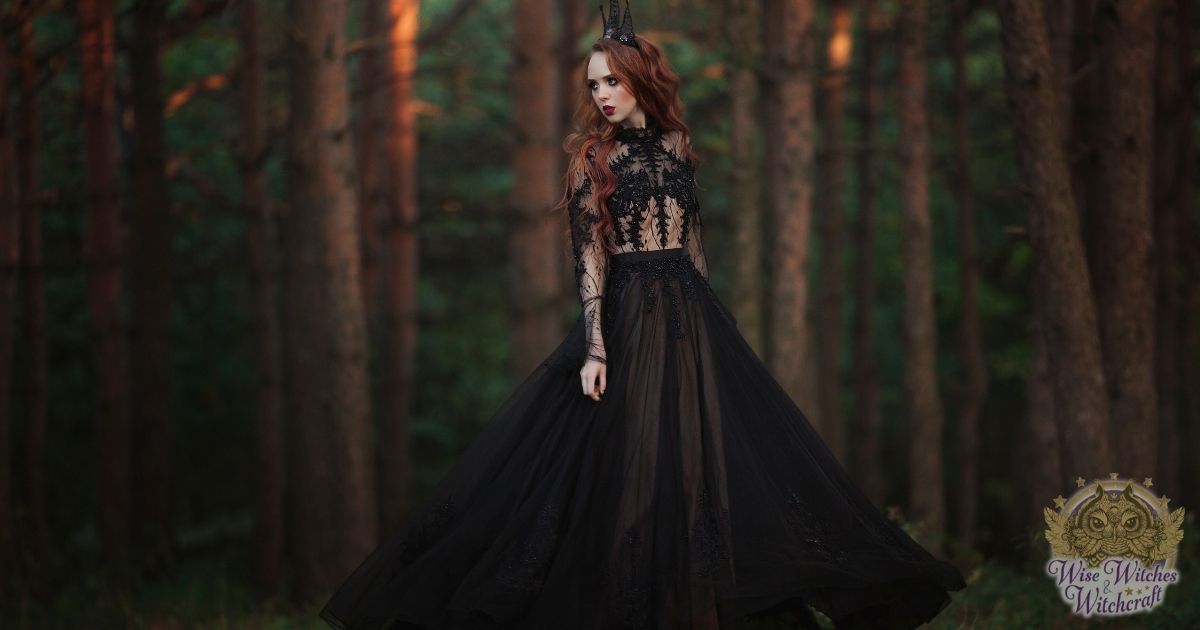
Season of the Witch
A 1972 film by the master of low-budget horror, George A. Romero. A bored and lonely suburban housewife is attracted to a recently-arrived neighbour who turns out to be a witch and joins her coven. After a series of incidents, the housewife (now a widow) settles down into her role as a suburban witch.
The Wicker Man
A highly regarded British cult horror film from 1973 (there was also an American remake in 2006) in which a Scottish police sergeant (and devout Christian) discovers a coven of witches while investigating the disappearance of a child. He also learns that the coven sacrifices one human a year, and that he may be the next victim. The film is widely considered one of the most respectful, realistic portrayals of witches, and a deliberate attempt was made to present the pagan elements and magical practices objectively, accurately and authentically.
Suspiria
An award-winning 1977 Italian film, considered a classic of the horror genre and one of the scariest movies of all time, with the most vicious murder scene ever filmed. The convoluted plot follows an American dancer from her arrival at a European ballet school to her discovery that it is actually a witches coven.
The Witches of Eastwick
A 1987 feature film starring Jack Nicholson, Cher, Susan Sarandon and Michelle Pfeiffer, based on the 1984 novel by American author John Updike. Set in the fictional Rhode Island town of Eastwick in the late 1960s, the plot involves the seduction of the three female witch protagonists by the devil-like character, Darryl Van Horne, and the women’s realization of his corrupting influence.
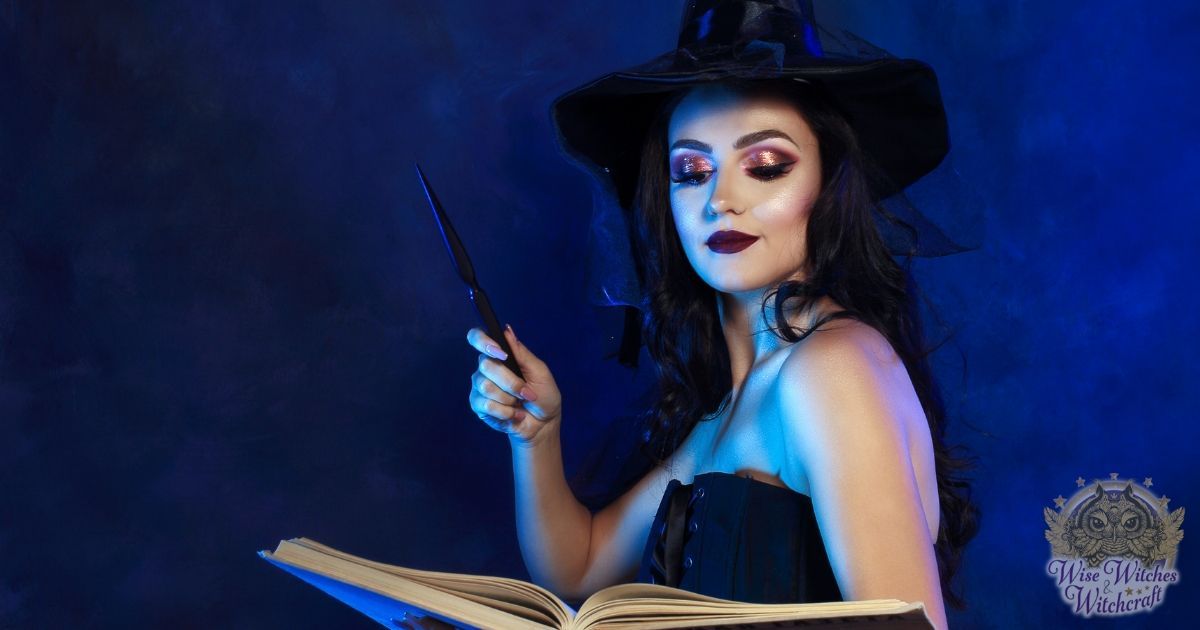
Witchcraft
A series of thirteen horror thriller films (the later ones containing distinct soft-porn elements) produced between 1988 and 2006. The central recurring character is William, and the films generally follow the witchcraft-as-Satanism line, with plotlines such as reincarnated witches who plan to use newborn babies in their Satanic rituals.
The Little Mermaid
A 1989 Disney animated film (and the spin-off television series) based on a fairy tale by the Danish poet and author Hans Christian Andersen written in 1837. The original story involves Ursula, a Sea Witch, who sells the Little Mermaid a potion that gives her legs, in exchange for her tongue and beautiful voice. In the Disney film, Ursula is modified into a full-fledged evil antagonist, rather than merely a neutral enabler, as well as a cecaelia (with the head and torso of a woman and the tentacles of an octopus from the waist down).
Hocus Pocus
A children’s Halloween-themed comedy film released by Disney in 1993. The story revolves around three witches condemned to death in 17th Century Salem who are brought back to life by a curse in the modern Salem of 1993. Historical twists see them riding through the air on a vacuum cleaner and conversing with an immortal (speaking) black cat named Thackery Binx.
The Craft
A 1996 movie about a girl who discovers that she has inherited the “gift” of witchcraft from her late mother. On moving to Los Angeles, she meets up with three friends who teach her about the world of witchcraft. The film was responsible for awakening an interest in witchcraft, Paganism and Wicca among teenage viewers.
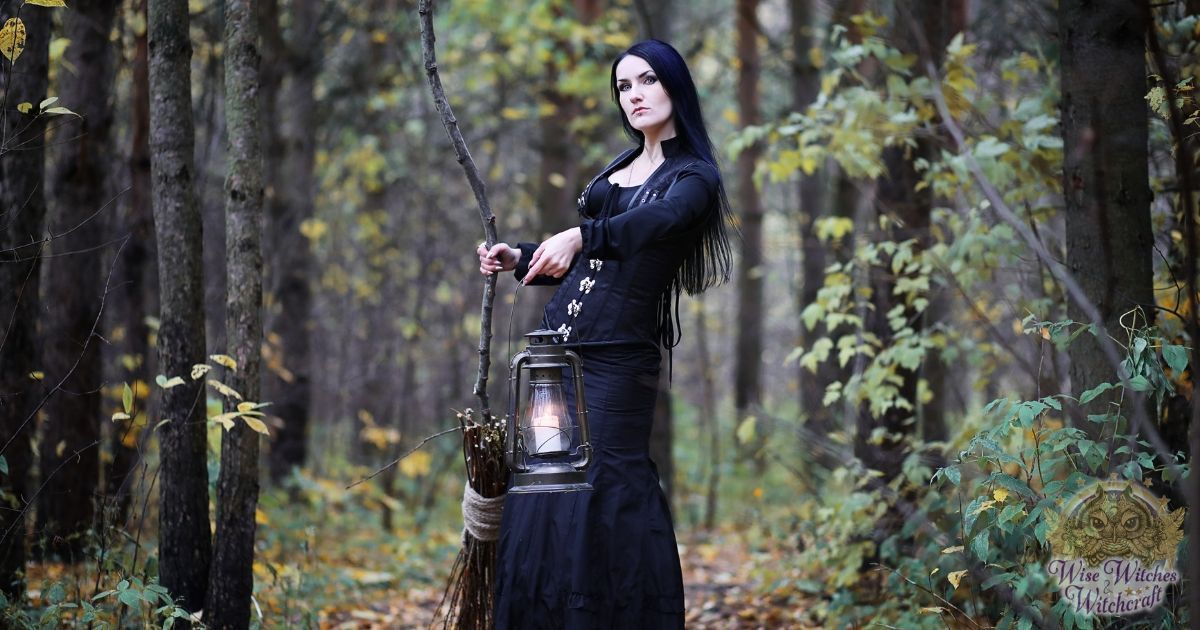
Practical Magic
A 1998 family fantasy film based on a 1996 novel of the same name by Alice Hoffman. The main protagonists are members of a witch family dating back 200 years, who carry on a family legacy of witchcraft and tragedy. The Owens family women are cursed and any man who falls in love with an Owens woman will die tragically so that they have been blamed for everything that has ever gone wrong in their town.
Halloweentown
A series of four Disney Channel movies, from between 1998 and 2006, about a community of trolls, living skeletons and various outcast humanoids who live in the alternative reality of Halloweentown to escape the prejudices of the mortal world. The witches and warlocks of Halloweentown are human in appearance and practice or control magic, which is hereditary in their families.
The Blair Witch Project
[wisew_rectangle align=”left”]A highly successful low-budget American horror film released in 1999, presented as a documentary pieced together from amateur footage, although entirely fictional. The story is of three young student filmmakers who go into the Black Hills of Burkittsville, Maryland to film a documentary about the local legend (probably based on the story of Moll Dyer) known as the Blair Witch, the ghost of a woman banished for witchcraft in 1785 in Blair Township (latter-day Burkittsville). The three students never come back and their bodies are never found, although their video and sound equipment is discovered a year later. A sequel, “Book of Shadows: Blair Witch 2”, was released in 2000, and a spoof, “The Wicked Witch Project” in 2006.

Harry Potter
An immensely popular series of seven movies (by a variety of directors) released between 2001 and 2010, based on the hugely popular fantasy novels of British author J. K. Rowling. Both the films and the books have become one of the best-selling series of all time, along with the video games and other themed merchandise they have inspired. Largely set at the Hogwarts School of Witchcraft and Wizardry, the central story arc concerns the young Harry’s struggle against the evil wizard Lord Voldemort, who killed Harry’s parents in his quest to conquer the wizarding world, and ultimately the rest of the world too. The witchcraft elements in the books and films are generally stereotypical, including flying around on broomsticks, pointed witch’s hats and the waving of magic wands.
Witches of the Caribbean
A 2005 movie about 17-year-old Angela who suffers from a recurring nightmare about a 16th Century witch burned to death on a dark and mysterious beach. On a retreat for troubled teens on the Caribbean island of Matau, she finds out that her nightmares stem from that very spot and that her nightmares are not dreams at all, but memories of her past life, which the modern teenage witch Bethany is determined she comes to terms with.
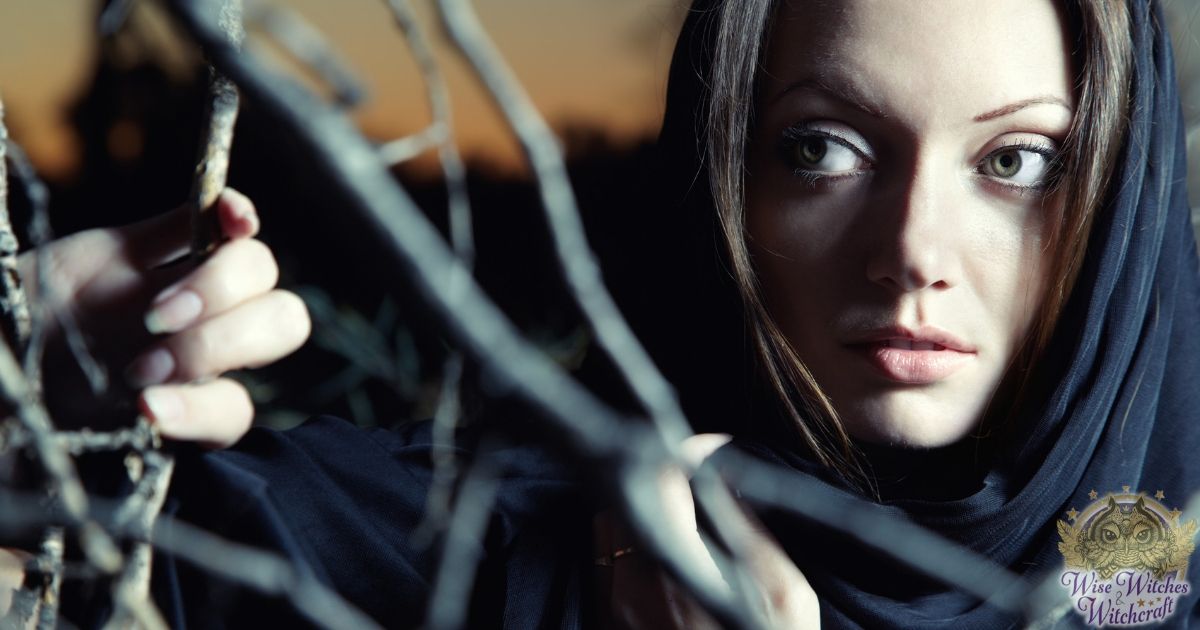
Season of the Witch
A 2011 film (almost universally panned by critics) about two deserters from the Crusades in the 14th Century, who are charged with transporting a witch a remote monastery. The witch is accused of bringing down the Black Plague, and she is to be exorcised by monks at the monastery. The “witch” actually turns out to be a demon in disguise, but the Crusaders finally manage to destroy it using the Key of Solomon.




